
Do you think that most web pages are accessible? Do you know what it means to be accessible? Do you know that with some simple tips you can help create a more accessible web for everyone?
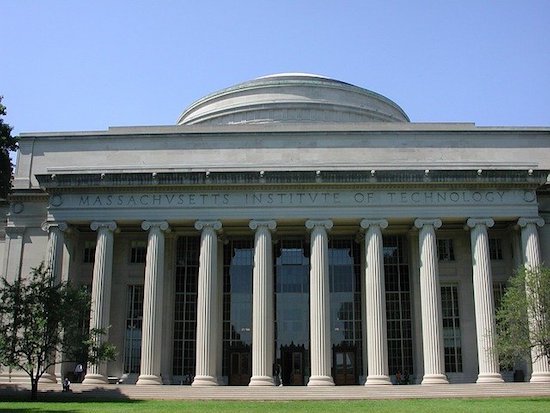
The National Association of the Deaf (NAD) announced on February 18th a "landmark settlement with the Massachusetts Institute of Technology (MIT)" similar to one reached with Harvard University last November.
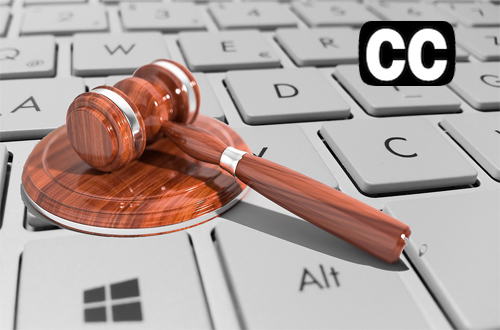
The National Association of the Deaf (NAD) announced on November 27th a "landmark settlement with Harvard University that institutes a series of new guidelines to make the university's website and online resources accessible for those who are deaf or hard of hearing.
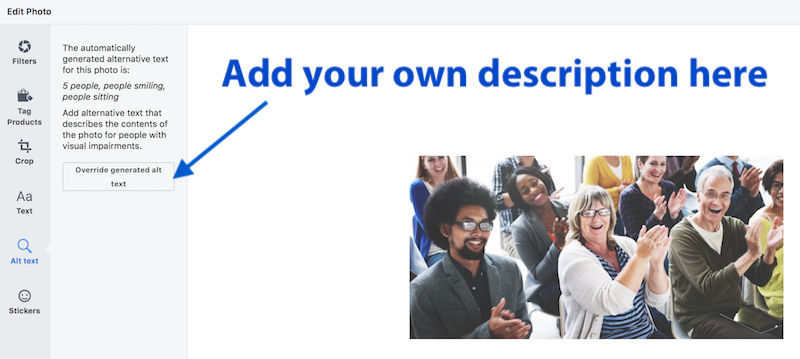
You can do your part to make the web more accessible by adding descriptions to your social media images. We join the eighth Global Accessibility Awareness Day (GAAD) by showing you how to add descriptions to the images you publish in 3 social media websites.
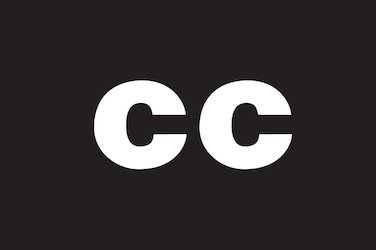
A new captioning deadline is arriving this Saturday. This one covers the captioning of Internet video clips of live and near-live TV programming (such as news or sporting events) where the associated programming has been shown on TV, in the U.S., with captions.
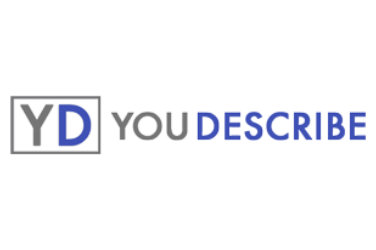
The public beta of the new YouDescribe platform was released on May 18th. The team at YouDescribe has been working very hard for months to create this new version of their describing platform for YouTube videos.
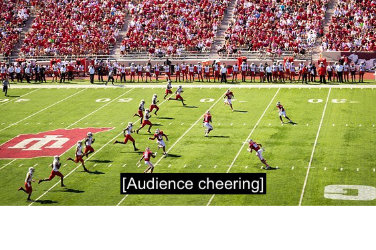
On March 23rd, YouTube launched its improved automatic captioning system that now includes sound effects. This first release of their new system includes the following sounds: [APPLAUSE], [MUSIC] and [LAUGHTER].

The first draft of the Web Content Accessibility Guidelines (WCAG) 2.1 was published on February 28th by the World Wide Web Consortium (W3C) and is available for comments until the end of this month.
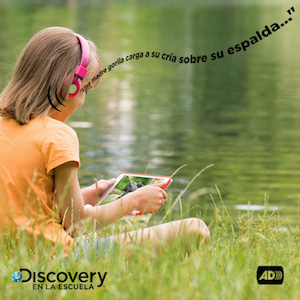
Today is a day to celebrate! We are very pleased to announce that the wonderful audiovisual content of Discovery en la Escuela is accessible starting today.